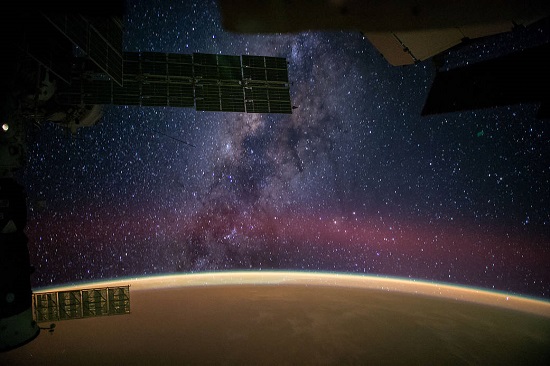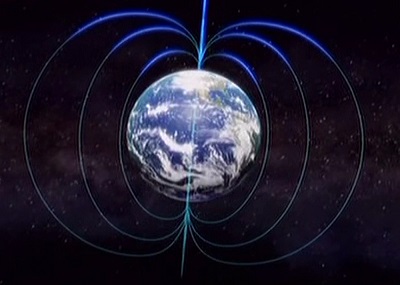Distant starlight: It’s been called the best argument against biblical creation and a young universe.[1] Why is that? Because Big Bang Theorists, secularists and anyone who believes in an ancient universe believe they have an iron clad case against a young universe with regard to distant starlight. The argument goes like this.
The Problem
We can see stars hundreds of thousands, millions even billions of light years away. Take the Andromeda galaxy – 2.5 million light years away. A supernova was observed in that galaxy. That implies the light took 2.5 million years to get to earth. But if the earth (and indeed the entire universe) is only 6,000 years old. How can we see Andromeda or the supernova? Using standard understandings and formulas, there hasn’t been enough time for the light to get here from Andromeda. Yet we can see it. On the face of it that suggests that the earth is at least 2.5 million years old – much older than the 6,000 years that Biblical creationists claim for the universe. And the problem only gets worse for more distant stars. This is indeed an acknowledged problem. Continue Reading



